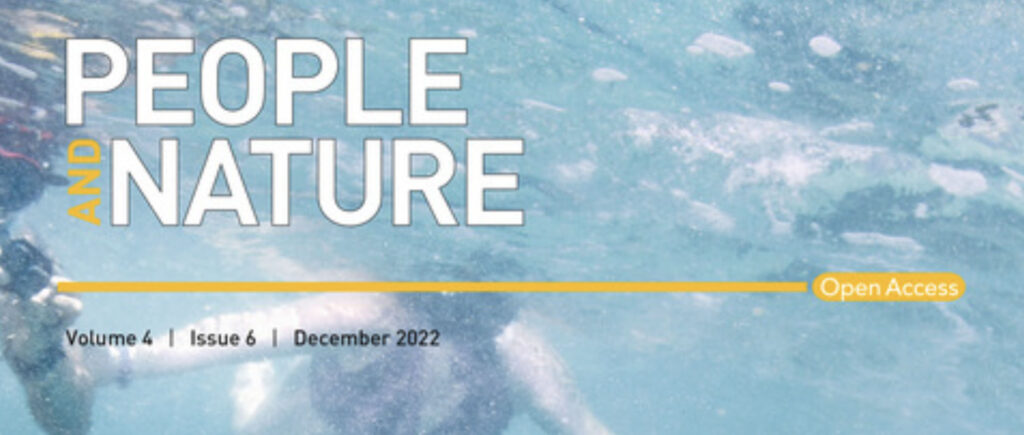
First general paper of Ecolopes project has been published
We are glad to share the first general scientific paper from the Ecolopes project. A project that develops a new multispecies approach to the building envelope design. The vision is to transform the building envelope back to nature and create new urban habitats for animals and plants in synergy with humans. The first paper gives the theoretical background, explains the challenges, and provides an outline of how we plan to do it.
Here is a link to the printed version of the paper:
https://besjournals.onlinelibrary.wiley.com/doi/10.1002/pan3.10411
Here is the paper's abstract:
1. Research is revealing an increasing number of positive effects of nature for humans. At the same time, biodiversity in cities, where most humans live, is often low or in decline. Tangible solutions are needed to increase urban biodiversity.
2. Architecture is a key discipline that has considerable influence on the built-up area of cities, thereby influencing urban biodiversity. In general, architects do not design for biodiversity. Conversely, urban conservation planning generally focuses on the limited space free of buildings and does not embrace architecture as an important discipline for the creation of urban green infrastructure.
3. In this paper, we argue that the promotion of biodiversity needs to become a key driving force of architectural design. This requires a new multispecies design paradigm that considers both human and non-human needs. Such a design approach needs to maintain the standards of the architectural profession, including the aim to increase the well-being of humans in buildings. Yet, it also needs to add other stakeholders, organisms such as animals, plants and even microbiota. New buildings designed for humans and other inhabitants can then increase biodiversity in cities and also increase the benefits that humans can derive from close proximity to nature.
4. We review the challenges that this new design approach poses for both architecture and ecology and show that multispecies- design goes beyond existing approaches in architecture and ecology. The new design approach needs to make ecological knowledge available to the architectural design process, enabling practitioners to find architectural solutions that can facilitate synergies from a multispecies perspective.
5. We propose that a first step in creating such a multispecies habitat is the design of buildings with an ecolope, a multi criteria-designed building envelope that takes into account the needs of diverse organisms. Because there is no framework to design such an ecolope, we illustrate how multispecies design needs to draw on knowledge from ecology, as well as architecture, and design computation.
6. We discuss how architectures designed via a multispecies approach can be an important step in establishing beneficial human–nature relationships in cities, and contribute to human well-being and biodiversity conservation.



